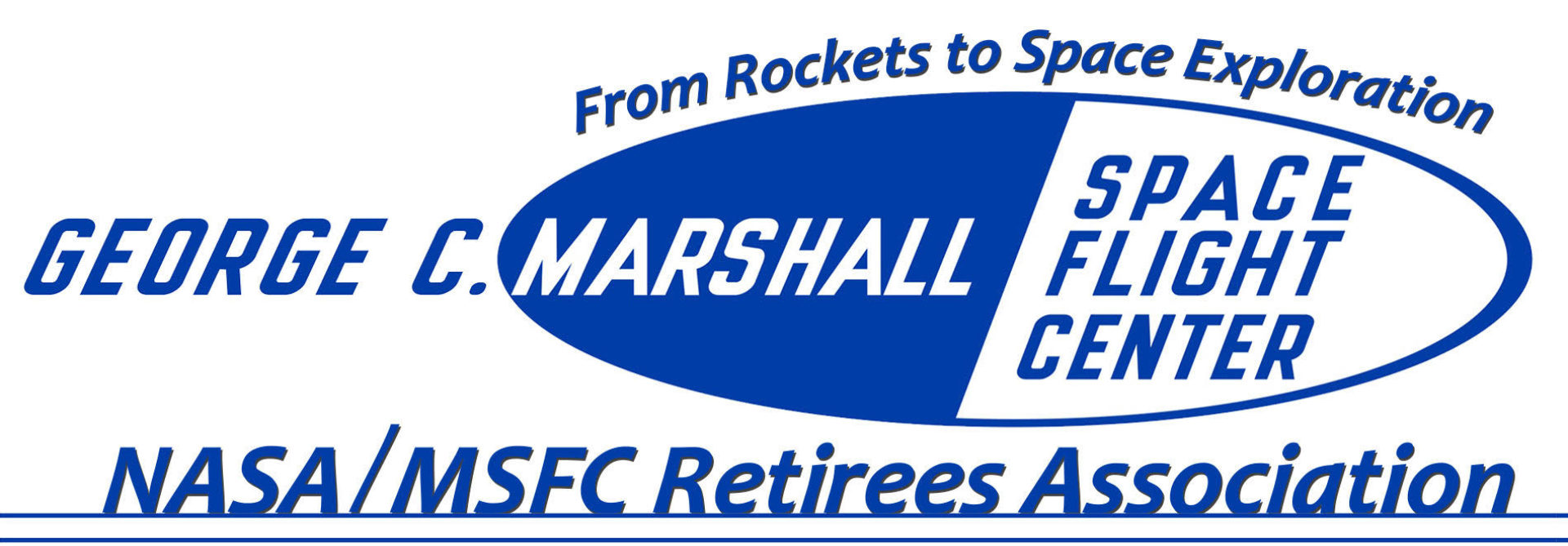Background Information
You can add or edit information about this individual by clicking
“Click here to suggest an edit or add more information to this entry” at the bottom of this page.
Employee Info
- UniqueID
- N02522
- Photo

- First Name
- Charles
- Middle (1)
- D
- Middle (2)
- Last Name
- Cochran
- Suffix
- Biography
- Charles Donald (Don) Cochran, a South Carolina native, attended Clemson University and began his professional career in 1957 as a summer student physicist in the Research Projects Office (RPO) of the U.S. Army Ballistics Missile Agency (ABMA) on Redstone Arsenal. The first summer he was assigned to Dr. W. H. Steurer’s materials research group in the Ordnance Missile Laboratories. The next summer he was assigned to an RPO group in ABMA involved with preparation for the launch of Explorer IV. He and several other young colleagues were responsible for correction of predicted satellite temperature calculations that resulted in a successful launch window for Explorer IV. Don’s specialty was ‘time-in-sunlight’ calculations; i.e., how much time the satellite would be in view of the sun. It involved figuring out the geometry of the Earth-Sun-satellite system. This information was directly related to the satellite’s thermal control mechanisms, both active and passive, in order to keep it at a proper operating temperature. With the establishment of NASA’s Marshall Space Flight Center (MSFC) in July 1960, Don transferred to the MSFC Research Projects Office, later named the Space Sciences Laboratory. As a member of the Space Thermophysics/Thermodynamics Division, he participated in basic research supporting the Apollo program. The Division Chief, Mr. Gerhard Heller, gave Don and his colleague Jim Fountain the task to learn about the surface of the moon – with emphasis on its thermal characteristics, specifically, the temperature of the surface of the moon and how well it conducted heat. Don and Jim began the development of instrumentation to measure the temperature of the moon’s surface by measuring infrared radiation from the moon using astronomical telescopes. Initially they used local telescopes for instrument and procedure development; they ultimately instituted a contract with the University of Arizona to use the large five-foot diameter mirror infrared telescope on top of Mount Lemon outside Tucson, Arizona. Although Don soon left NASA, this capability resulted in a number of publications by others and ultimately in an on-going infrared astronomy program for years into the future. In addition, Don and Jim also developed an in-house laboratory research capability to measure thermal properties of simulated lunar surface soils using ground-up volcanic lava flow material such as basalt and pumice. Again, after Don left NASA, this capability was continued by his colleagues and resulted in contributions to Lunar Science, the Apollo program (specifically the Apollo Lunar Drill), and to planetary science. Don and his colleagues also developed a state-of-the-art laboratory in the little known field (at that time) of Remote Sensing – a methodology of learning some physical properties of distant objects, such as planets, by their emitted radiation spectral signatures. In 1969, Don left MSFC to return to South Carolina to assist his father in the family business and to pursue private business interests of his own. After retirements from ENERTEC Solar Energy and Lockwood Greene Architects and Engineers, Don continued to maintain his interest in space science, cosmology, and neuroscience. He gave occasional lectures and served as Curator of Physical Science at the Roper Mountain Science Center in Greenville, South Carolina. He also was an officer of a start-up organization doing research in Solar Thermal Dissociation of Water (H2O) to provide oxygen, hydrogen (for fuel cells, etc.), and pure drinking water.
- Starting Year
- 1960
- Last Year Served
- 1969
- Honors
- Charter member, Marshall Space Flight Center
- Projects Worked
- Apollo, Lunar Science
- Employer
- NASA
- Initial Source
- Lundquist
- Panel #
- III
- Line #
- 42
- Click here to suggest an edit or add more information to this entry.
The entry will be temporarily removed from the search results until MRA has verified the edits.
